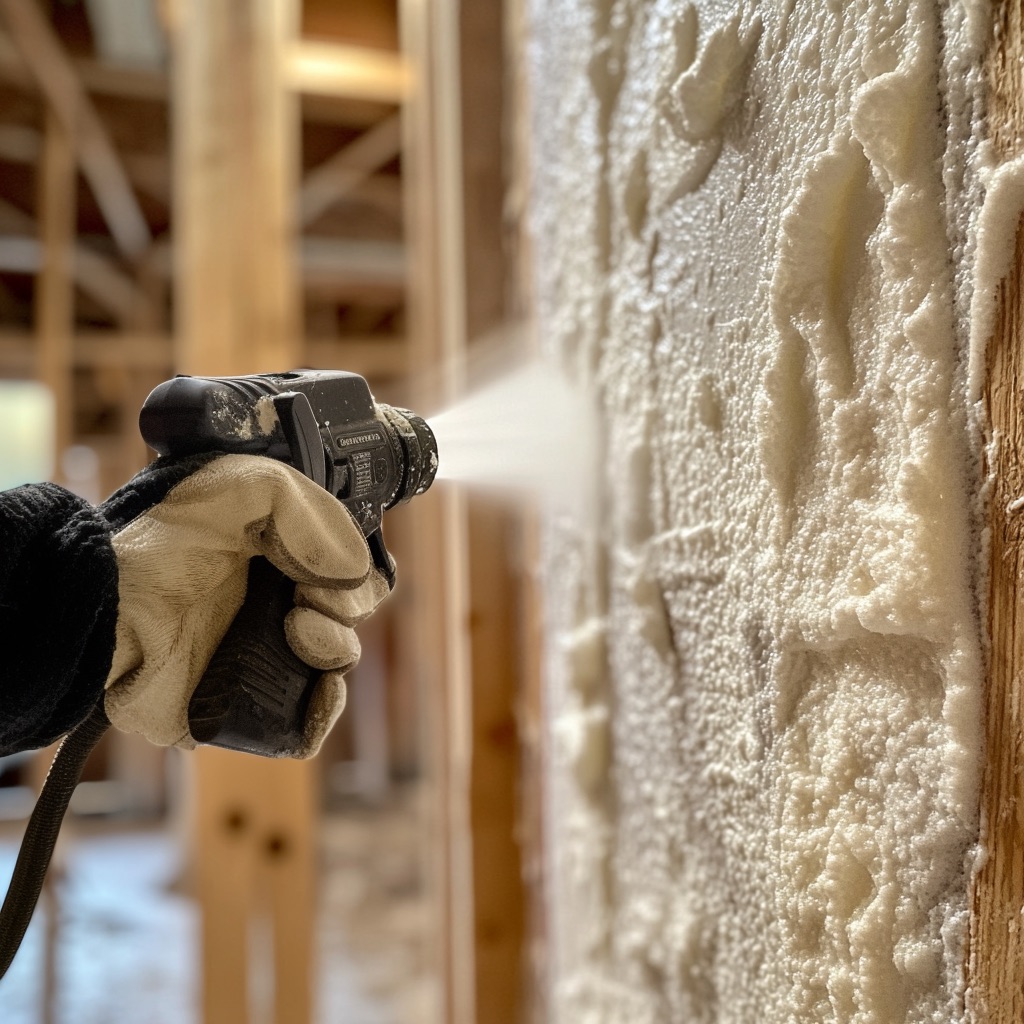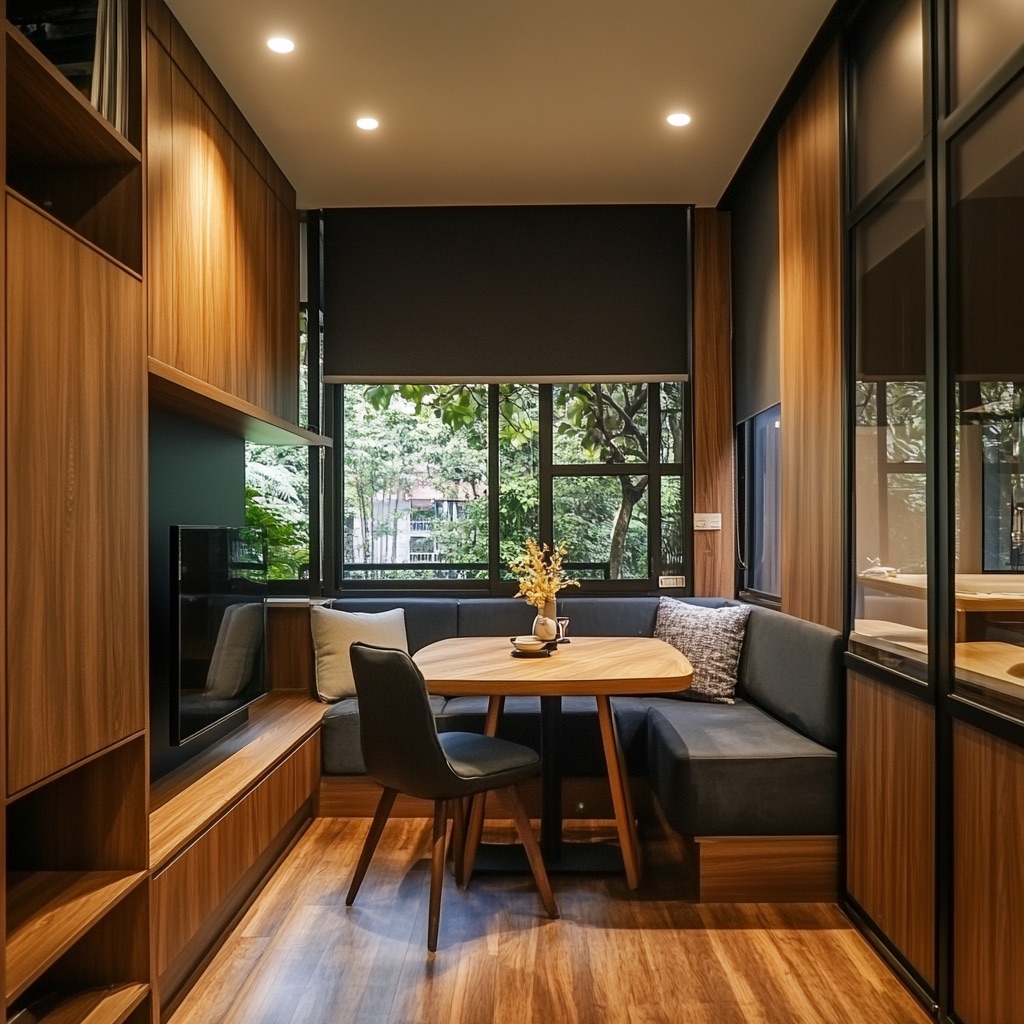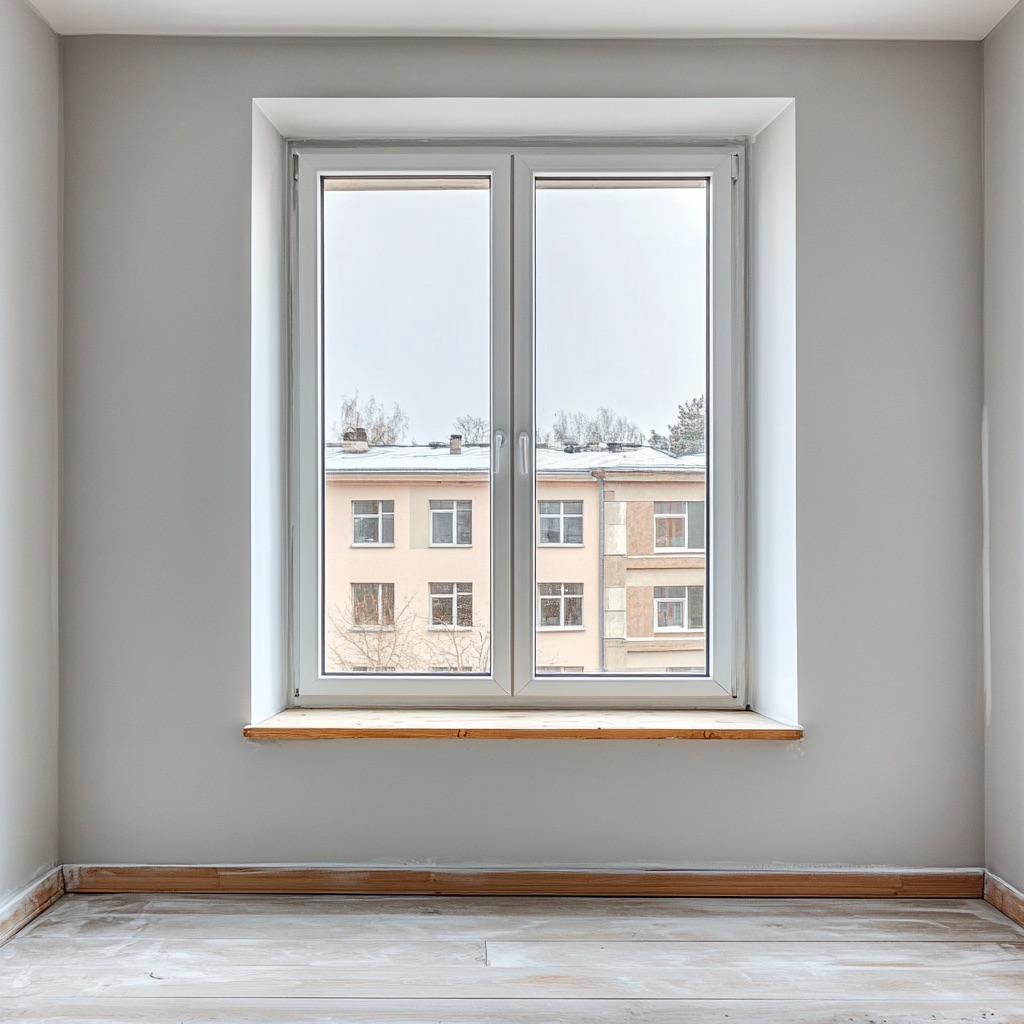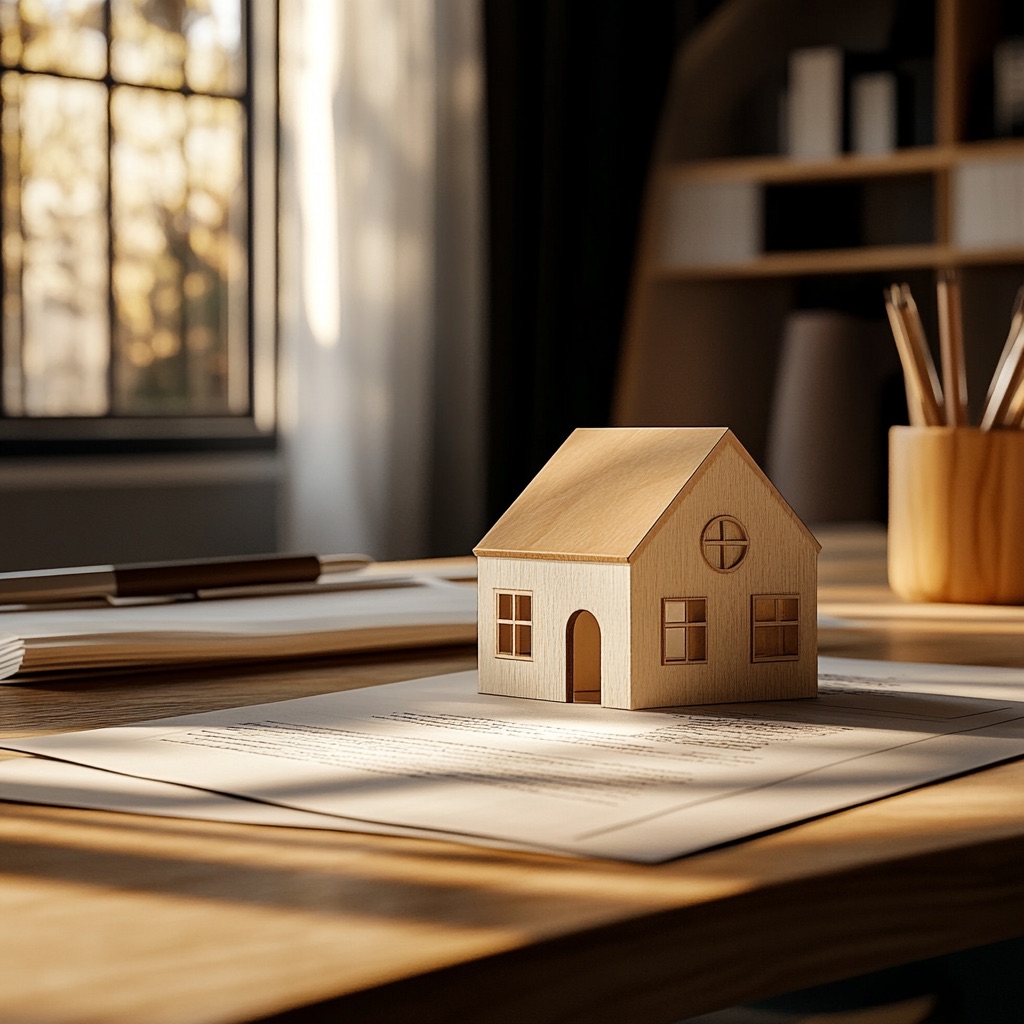In today’s fast-paced world, the spaces we live in quickly become cluttered with items that we no longer use regularly but aren’t ready to part with. This can create a living environment that feels cramped, chaotic, and far from the peaceful sanctuary we desire our homes to be.
Fortunately, leveraging self-storage units can be a game-changer in reclaiming your space. In this guide, we’ll share 8 professional tips for decluttering your home effectively, utilizing self-storage to not only maximize your living area but also to ensure a more organized, serene living space that you can truly enjoy.
Whether you’re looking to declutter before a move, or simply aiming to streamline your living environment, these tips will help you achieve self-storage bliss and transform your home into the tidy, tranquil retreat you deserve.
Assess and Sort Your Belongings

The first step to successful decluttering is to thoroughly assess and sort through your belongings. This process involves dividing your items into categories such as ‘keep’, ‘store’, ‘donate’, or ‘discard‘. When assessing each item, ask yourself whether it brings value to your life or if it’s been unused for a considerable period.
For those items that are infrequently used but hold sentimental value or may be needed in the future, self-storage provides an ideal solution. By selectively choosing what to keep in your living spaces and what to store away, you’ll begin to see a transformation in your home’s ambiance and functionality.
Choose the Right Self-storage Unit
After deciding which items will be moved to self-storage, the next step is selecting the appropriate unit size and type to accommodate your needs. Storage units come in various sizes, from small lockers to large garage-sized spaces.
Consider factors such as climate control if you’re storing items sensitive to temperature or humidity; this is where the benefits of self storage become particularly evident, offering solutions tailored to preserving the integrity of your belongings. Additionally, choose a facility with features such as 24-hour access and security measures to ensure the safety of your stored items.
Make an Inventory List

Before moving your items into a self-storage unit, creating an inventory list is crucial. This list should detail every item you’re storing, possibly categorized by box or container for easy reference.
An inventory not only helps you keep track of your belongings but also simplifies the process of retrieving items when needed. Furthermore, this list can be invaluable for insurance purposes, providing a clear record of your stored possessions.
Use Clear Labeling and Strategic Packing
Label each box or container clearly with its contents and the room it belongs to. This practice not only aids in organizing your storage unit but also streamlines the unpacking process, should you need to retrieve items.
Utilize sturdy, uniform-sized boxes to maximize space, and consider vacuum-sealing for items like clothing and linens to reduce bulk. Strategic packing — placing heavier boxes at the bottom and lighter ones on top, and keeping frequently used items near the front — enhances accessibility and minimizes damage.
Prioritize Security Features
When selecting a self-storage facility, prioritize one that offers robust security features. Look for facilities equipped with surveillance cameras, secure access controls, adequate lighting, and individual alarms for units. Ensuring your chosen facility takes security seriously can provide peace of mind, knowing your belongings are in a safe environment.
Regularly Inspect Your Unit
Once your items are securely stored, schedule regular inspections of your unit. These visits are essential for checking the condition of your belongings, and ensuring there’s no water damage, pest infestation, or other issues. Regular inspections also give you a chance to rearrange items for better space utilization or to retrieve and replace items as your needs change.
Opt for Insurance
Regardless of the security measures in place, opting for insurance coverage for your stored items is a wise decision. Most facilities offer insurance plans, or you can extend your home insurance policy to cover items in storage. Having insurance safeguards you against potential losses due to unforeseen events such as fires, floods, or theft.
Be Mindful of Accessibility
Finally, when choosing a self-storage unit, consider its accessibility. Facilities that offer 24/7 access are ideal, especially if you foresee the need to retrieve items at odd hours. Additionally, check the facility’s layout to ensure it’s easy to move items in and out.
Facilities with spacious loading docks, carts, and elevators make storing and retrieving your belongings less of a hassle. Being mindful of these factors ensures a smooth and efficient decluttering experience with self-storage.
Decluttering your home and making the most out of self-storage can significantly enhance your living space, bringing an invaluable sense of order and tranquility to your life. By following these proven tips—from wisely assessing and sorting your belongings, choosing the right self-storage unit, to maintaining and securing your stored items—you’ll not only create a more spacious and organized home but also protect and preserve your valuables for years to come.
Remember, the key to decluttering success lies in making informed choices and regular upkeep of your storage practices. With a little effort and strategic planning, you can achieve self-storage bliss, making your home the serene and clutter-free haven you’ve always wanted.
Recap




